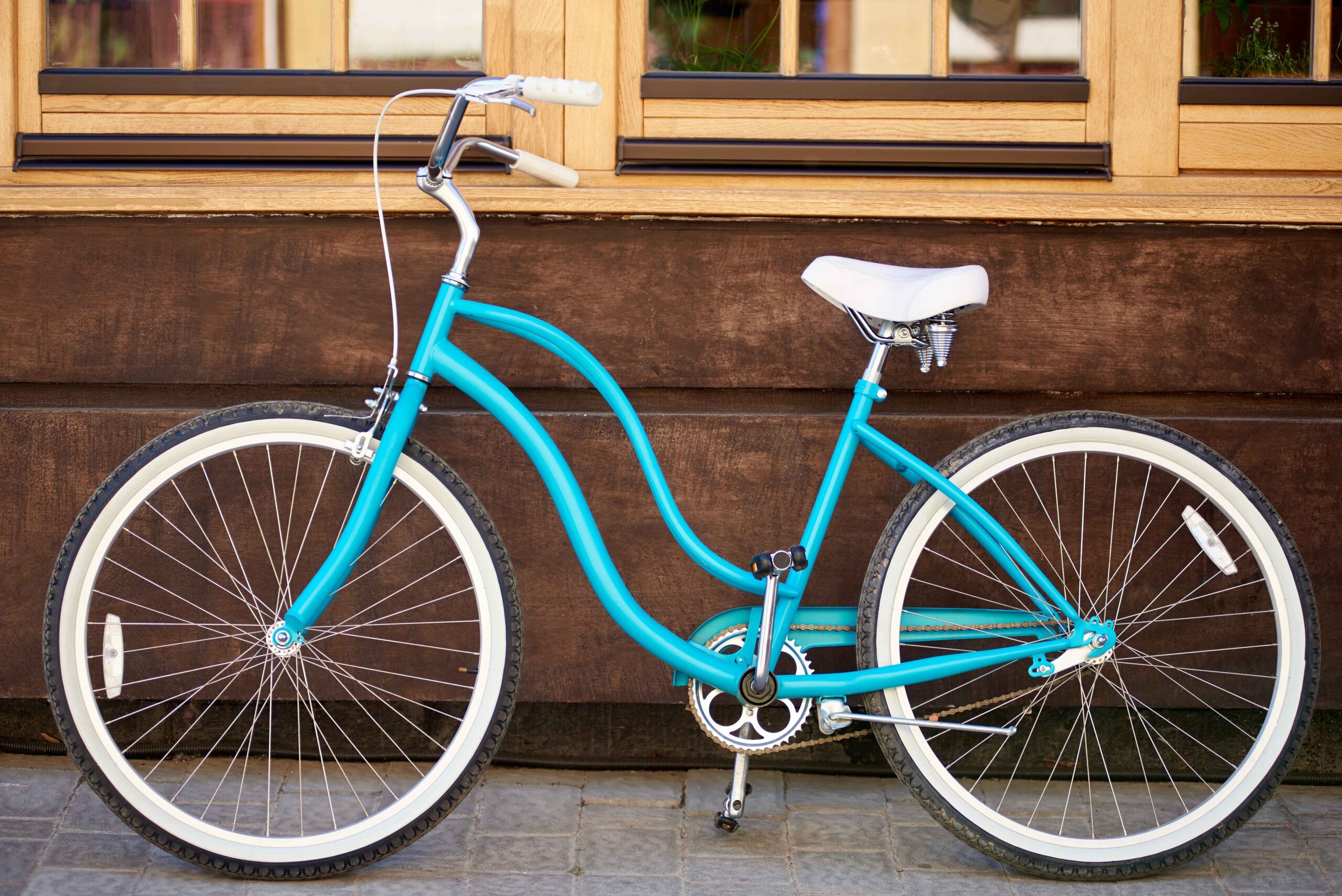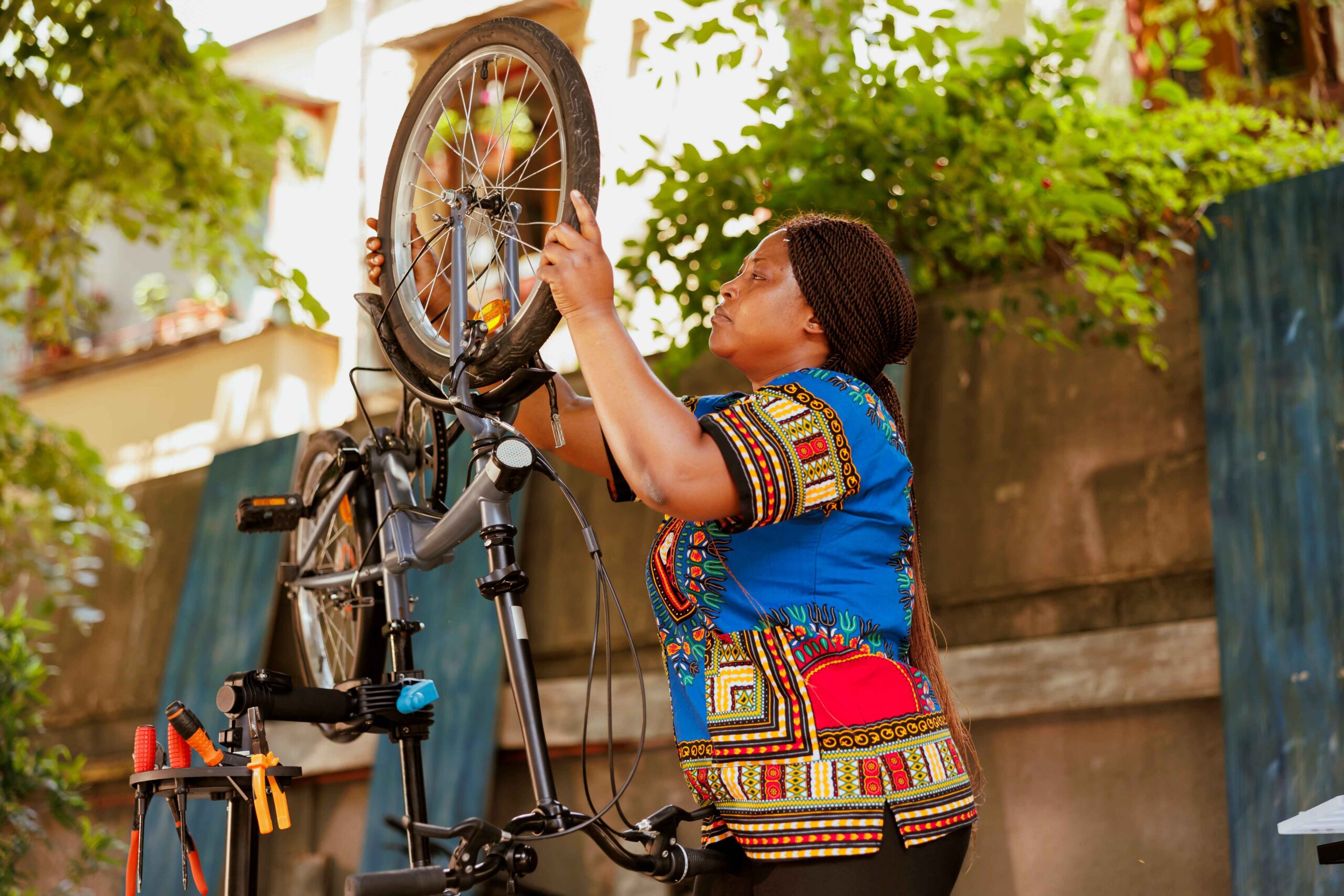If you’ve decided to get serious about cycling, want to race or are just looking for a reliable and comfortable bike for training, it’s important to choose the right model. The bike should fit your physique, riding style and, of course, be fun. Let’s understand how to find “the right” bike that will be your reliable partner on the road or trail.

Women’s Bikes vs. Unisex Models
Until about ten years ago, women had to ride bikes designed primarily for men. Yes, they worked, but they often didn’t fit in terms of geometry and comfort. Fortunately, the cycling industry has made great strides forward, and now there are entire lines of women’s bikes designed with girls’ anatomy and needs in mind.
Manufacturers have finally realized that a women’s bike isn’t just a smaller version of a man’s bike with added pink details. The difference is much deeper than that:
- Women tend to be lighter than men, which means frames must be adapted in weight and stiffness.
- Because of the difference in center of gravity, bikes for women have a slightly different geometry, making them more stable and easier to handle.
- Some models come with narrower handlebars, shorter crank lengths, and specific shock settings.
The question is, should you get a women’s bike, or can you go for a unisex model? It all depends on your comfort. If the bike fits well and you are comfortable, then take it. But if you have to change the saddle or handlebars, adjust the crank, or raise or lower the levers, perhaps you should consider a women’s version, where all these parameters are already optimized.

How to Choose the Frame Size?
The key to buying a bike is to choose the right frame size. No amount of cool technology, materials or gadgets will save you if the bike doesn’t fit your height. A bike that is too big will be difficult to control, and a small one will be uncomfortable, and injuries will not be far behind.
How do you know if it’s the right size? Let’s break it down:
- The bike should feel like a natural extension of your body —your arms shouldn’t strain, and your knees shouldn’t hit the handlebars.
- When you sit on the saddle and put your feet on the pedals, there should be a small amount of space between the frame and your body (if it’s a road or hybrid bike).
- It’s important to test how comfortable you feel riding the bike by changing the position of your hands on the handlebars and trying different body tilts.
If you are in doubt, do not hesitate to contact a specialized store, where they will help with accurate measurements and fitting.
When the size issue is solved, it’s time to evaluate the other parameters:
- Frame. Choose the best quality you can afford. It is better to invest in a good frame because all other components can be modernized over time.
- Type of bike. For highways, mountain trails, gravel trails, or city rides: choose the one that suits your riding style.
- Gears. Don’t get hung up on the number of gears—make sure the range of gears matches your routes.
- Comfort. Make sure the handlebars, saddle, and seat fit you well. Even minor discomfort can become a major problem over time.
Finding a good women’s bike isn’t always easy. Not all stores have a wide selection, and consultants don’t always consider female anatomy when selecting a model. So don’t rush into a purchase. Try different models, consult with experienced cyclists, and choose a bike that not only fits but inspires you!
